Tongue Tie (2023)
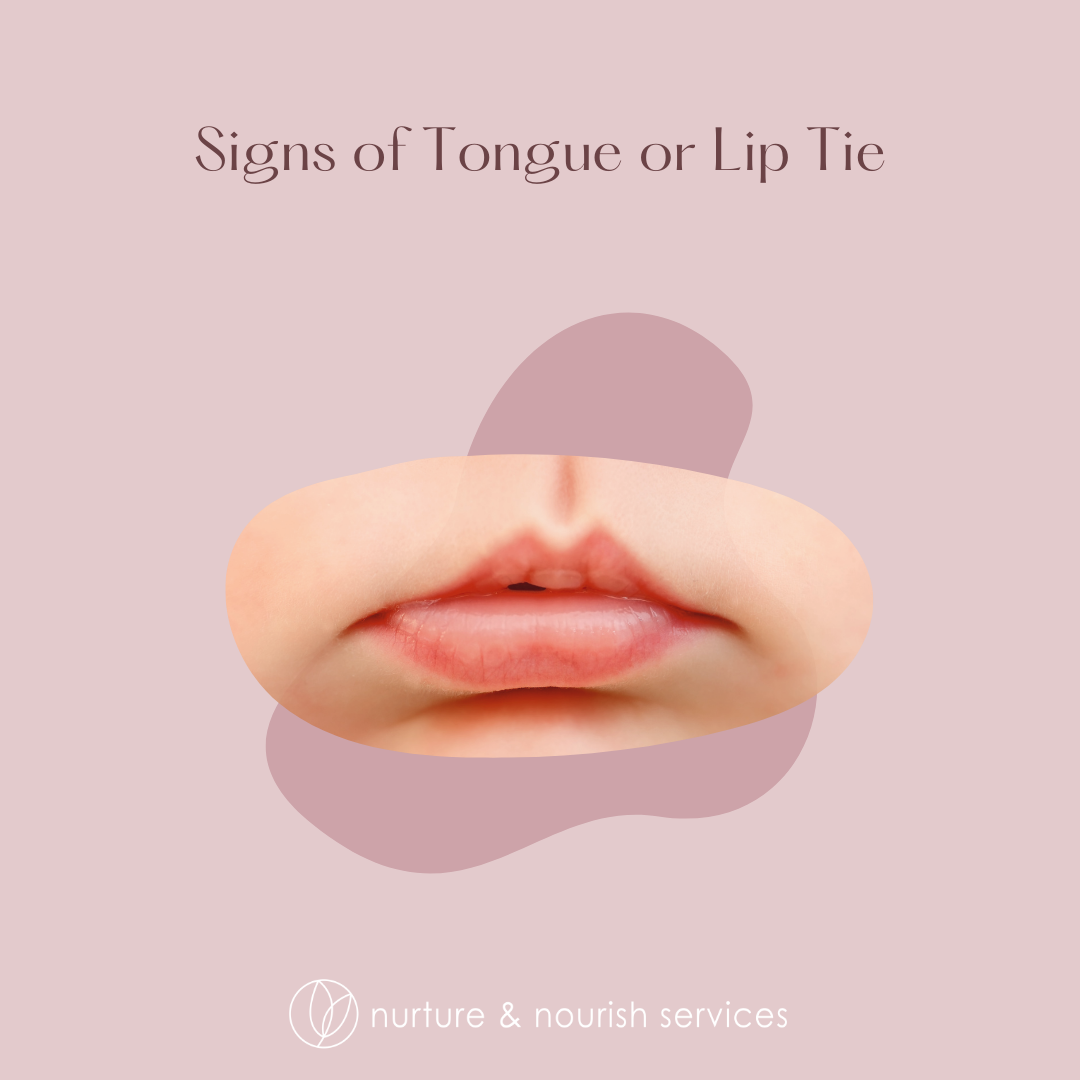
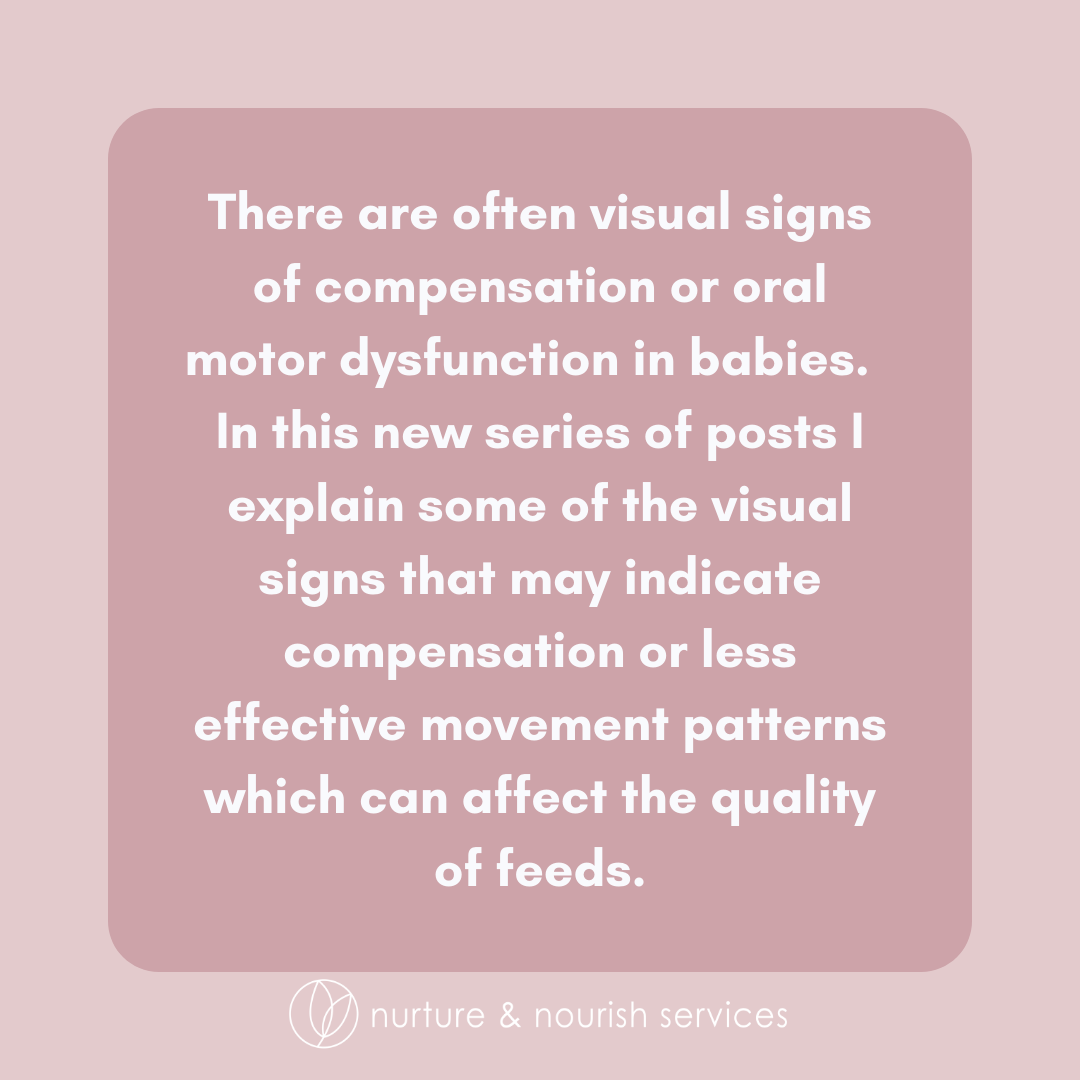
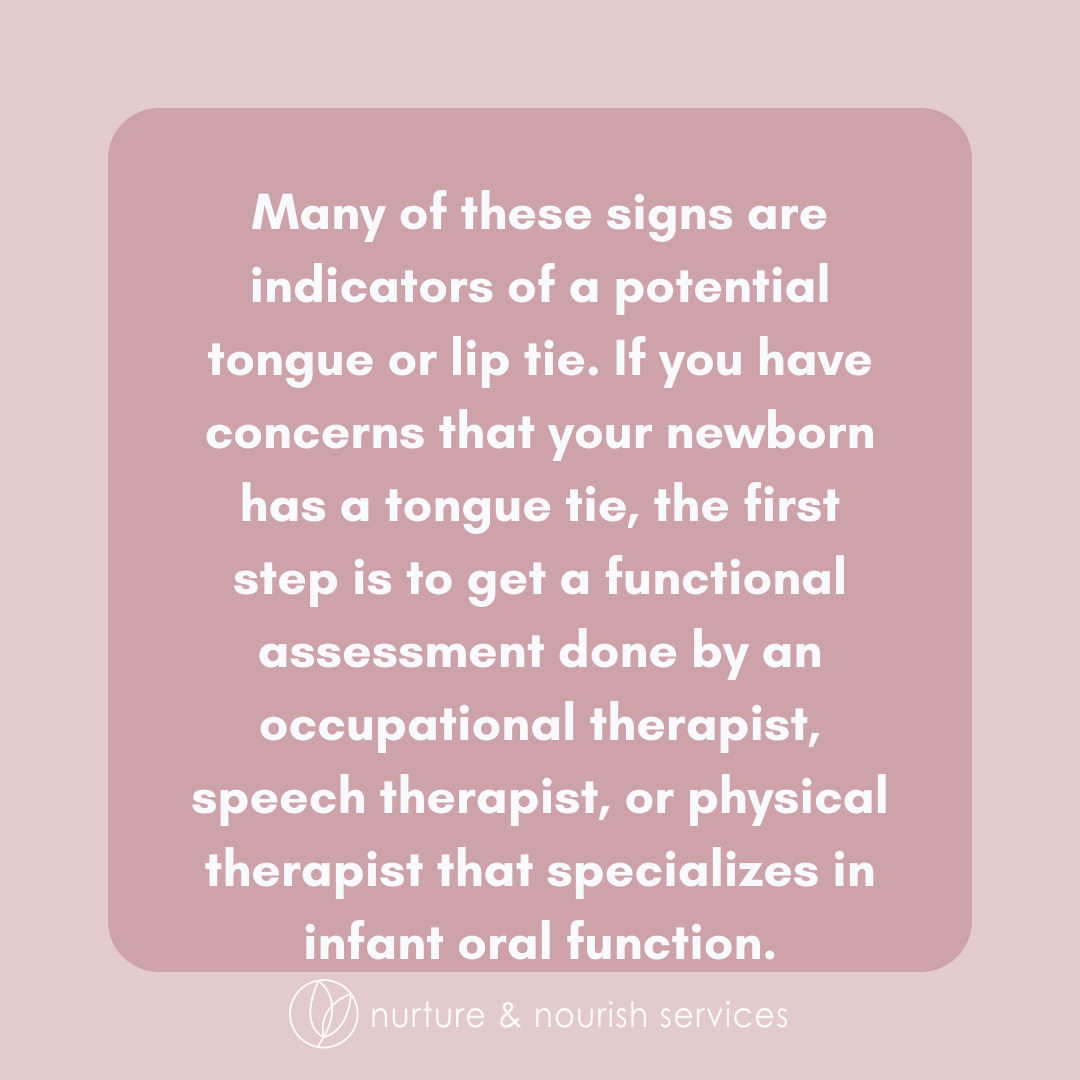
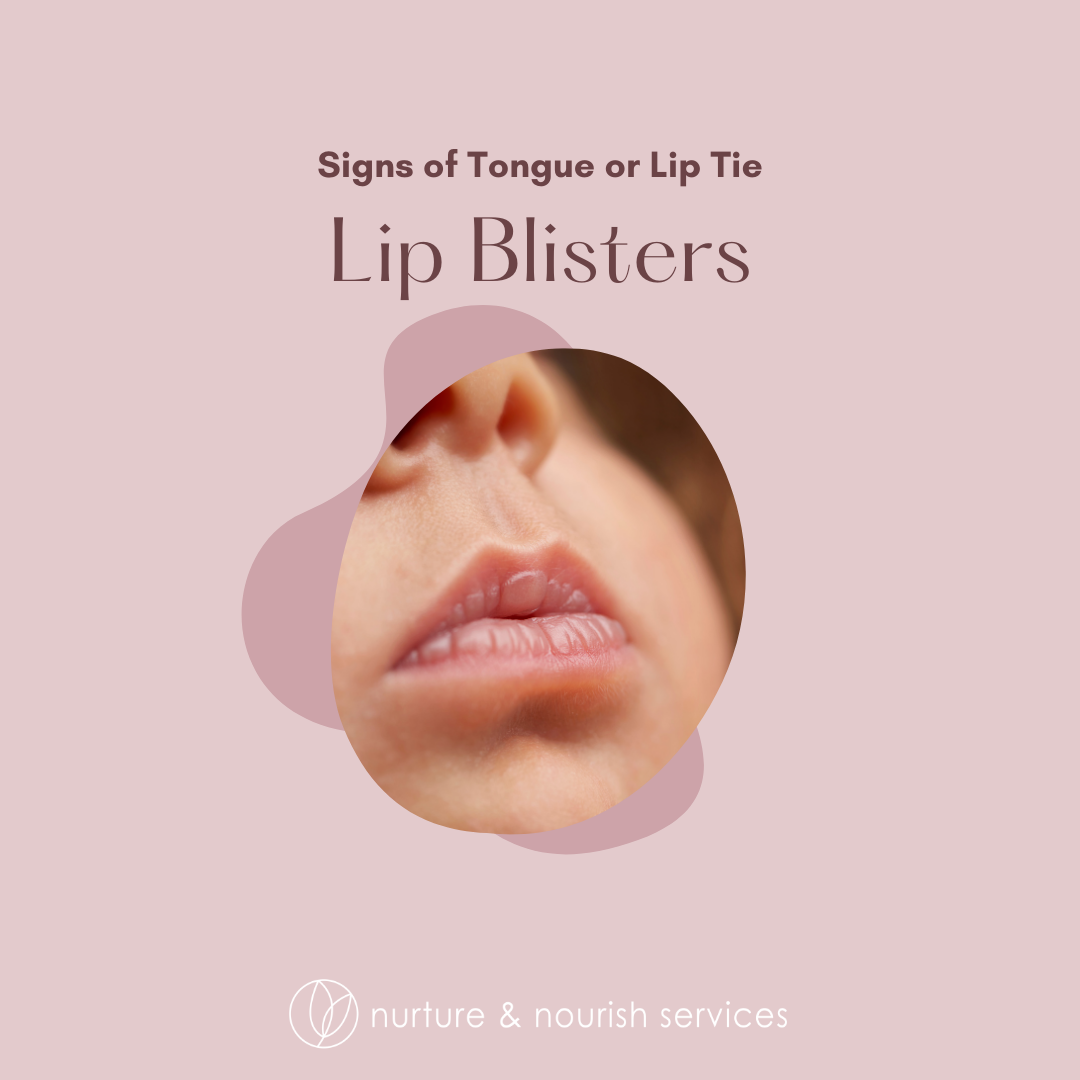
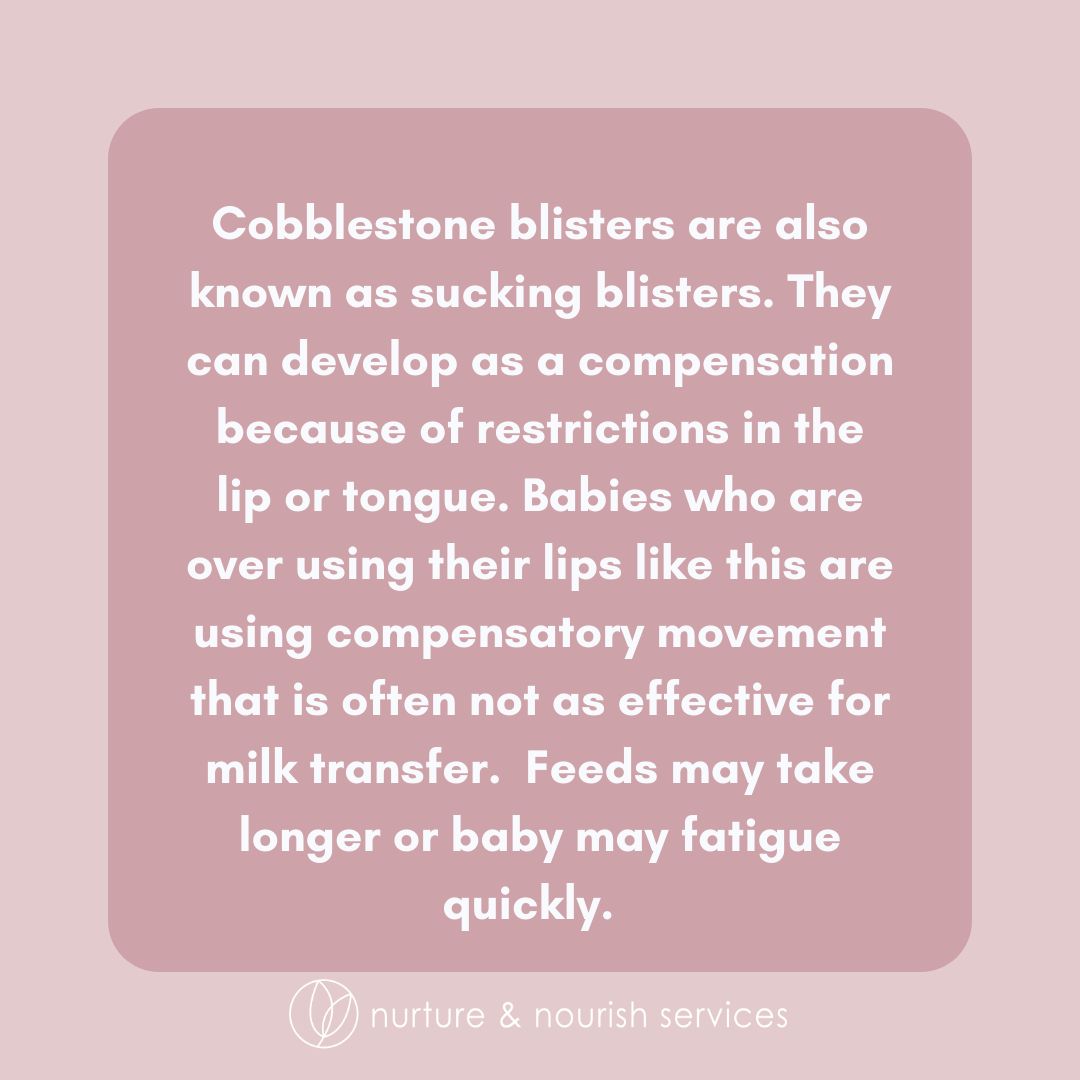
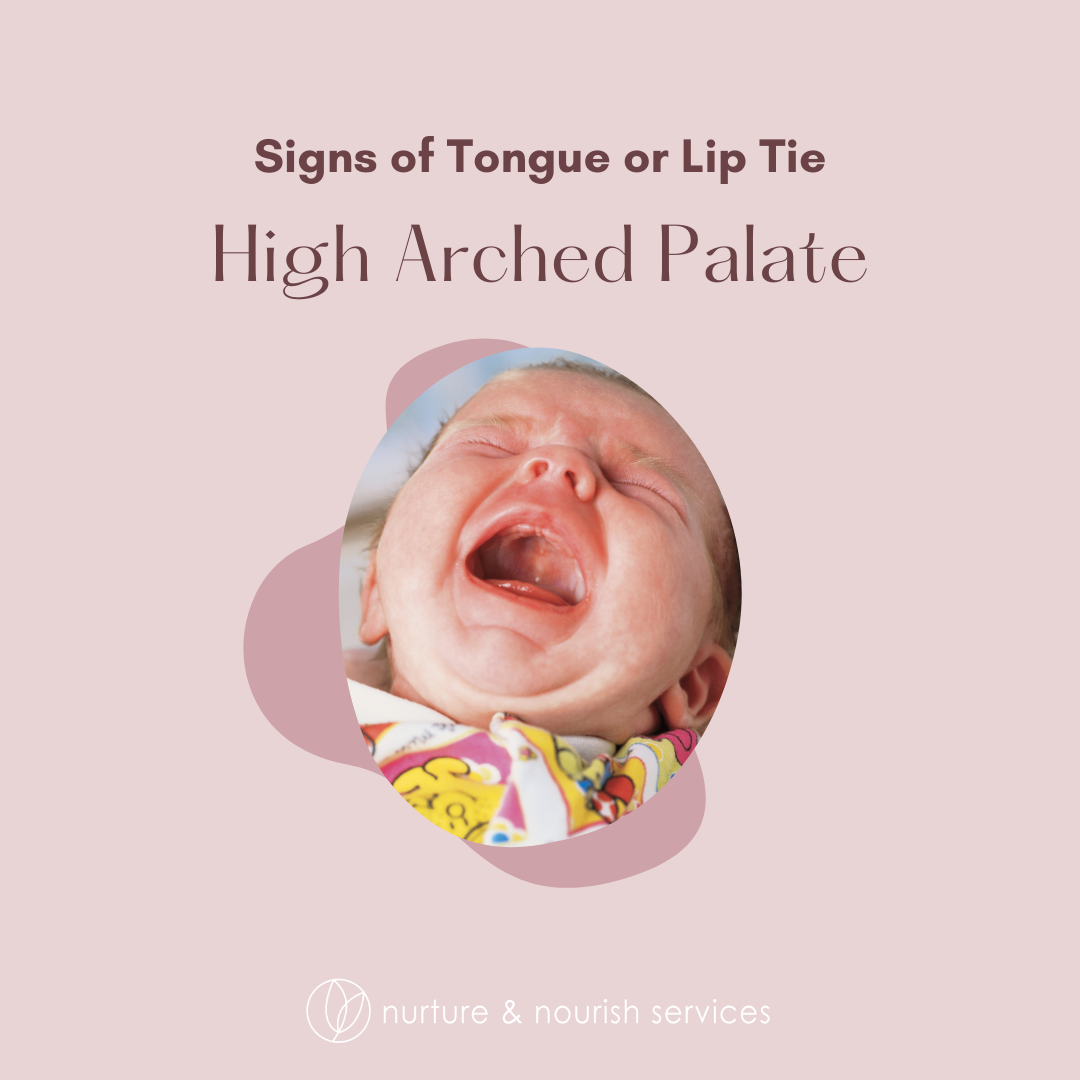
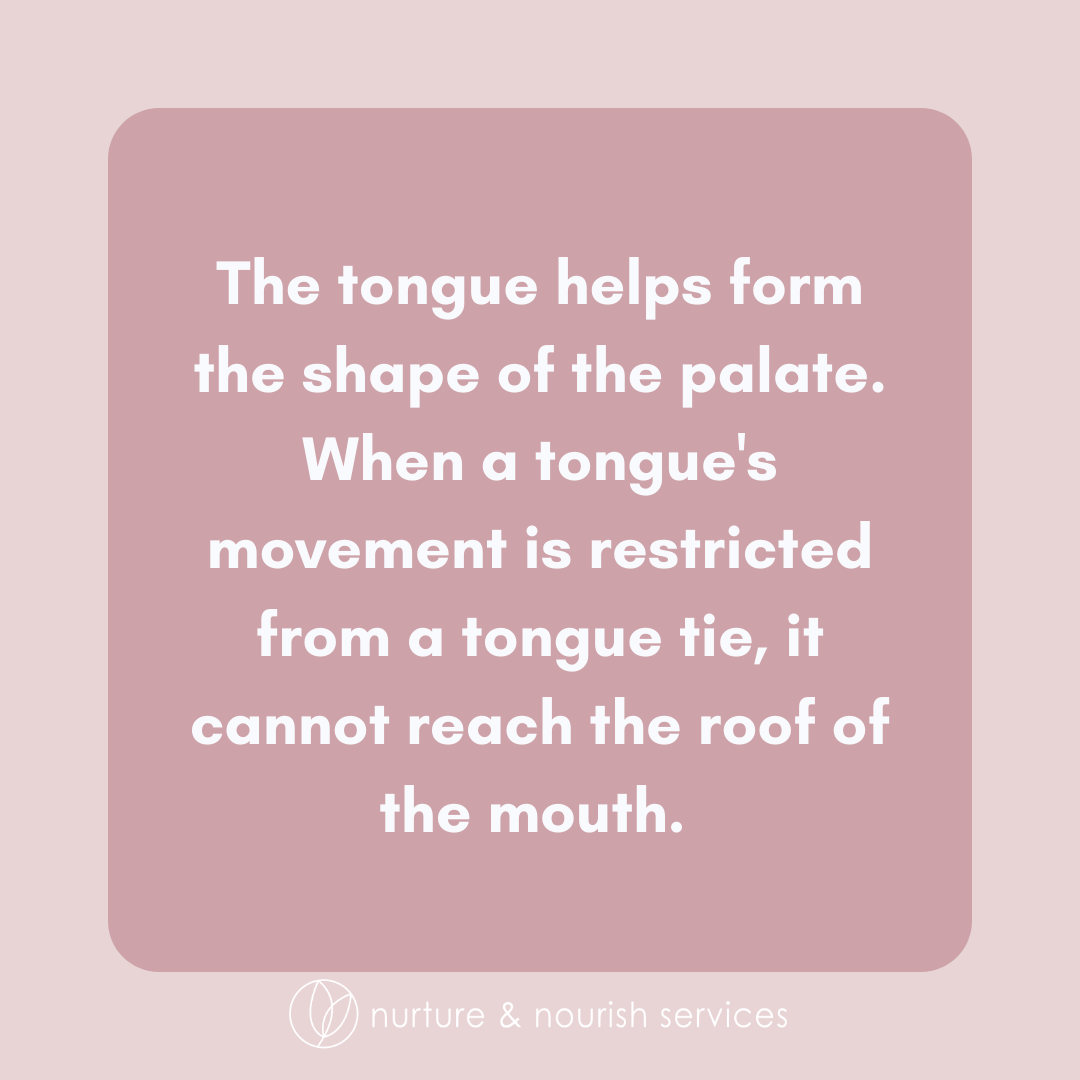
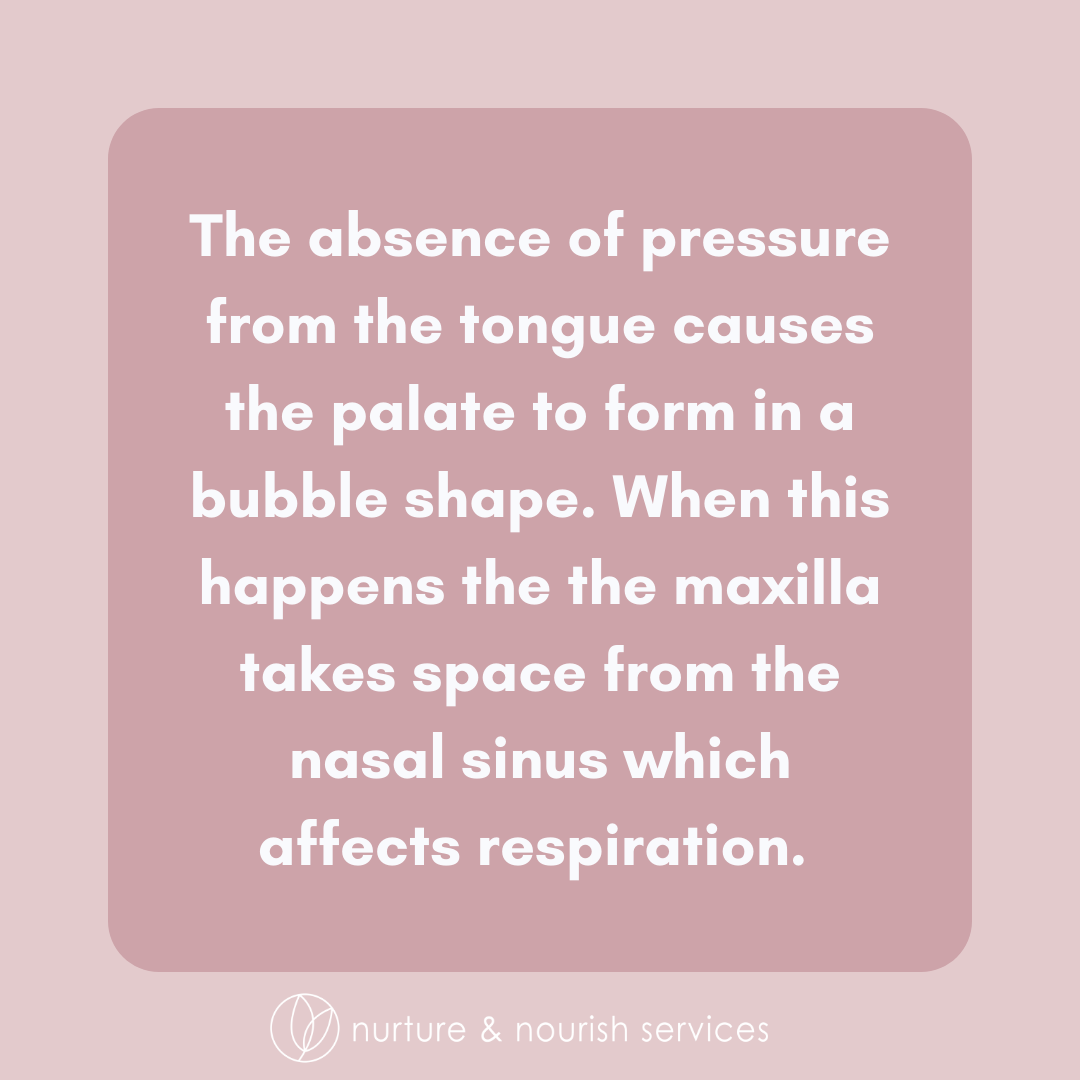
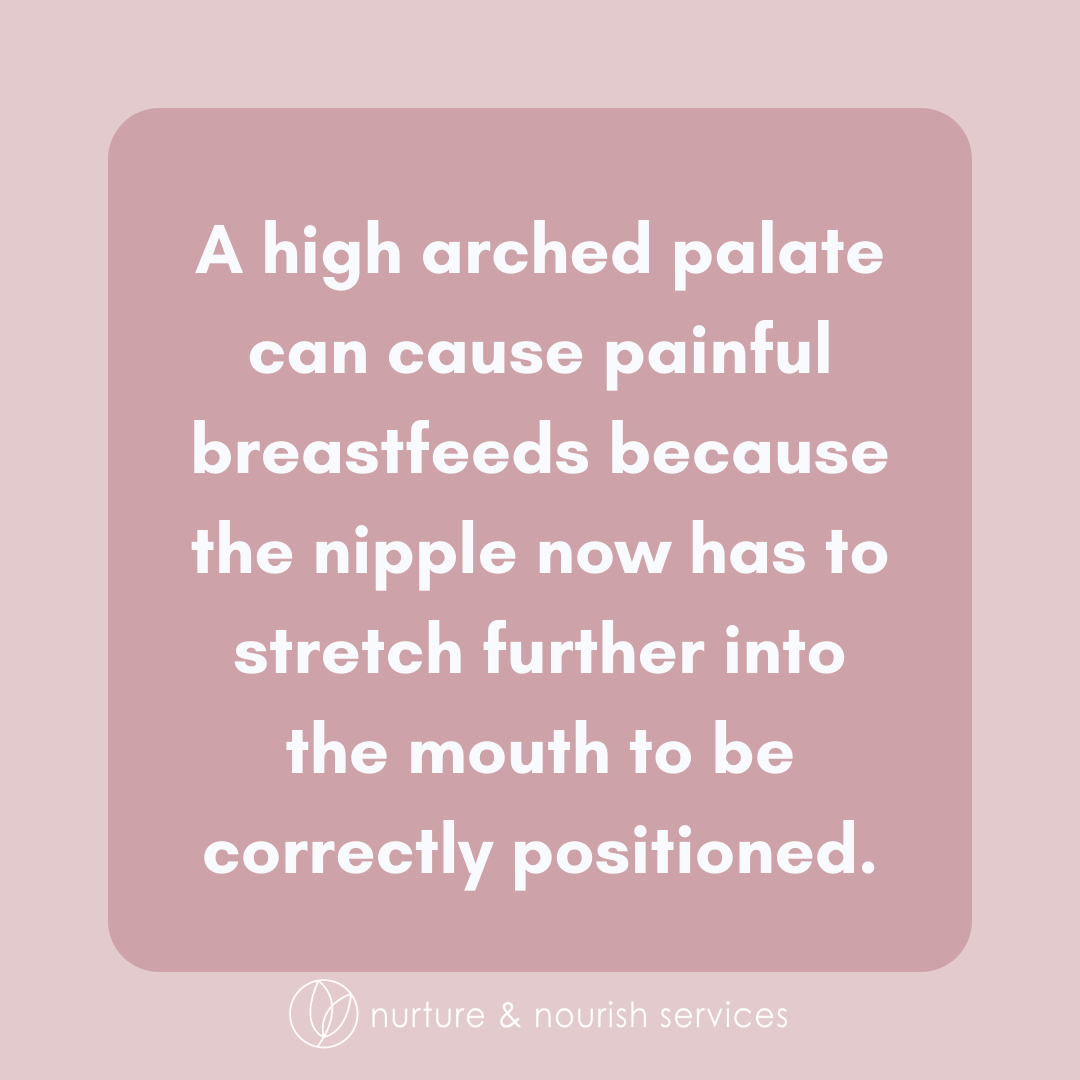
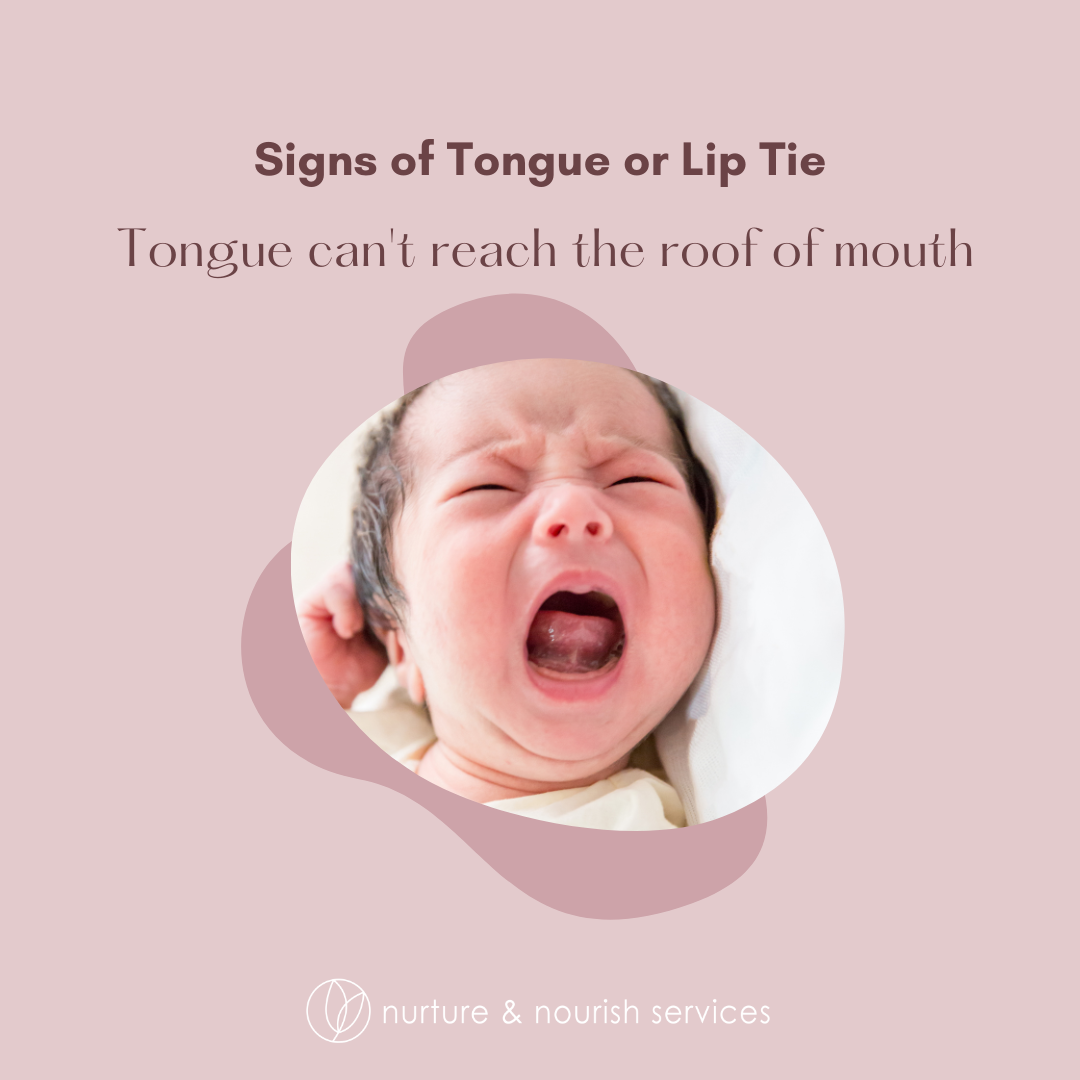

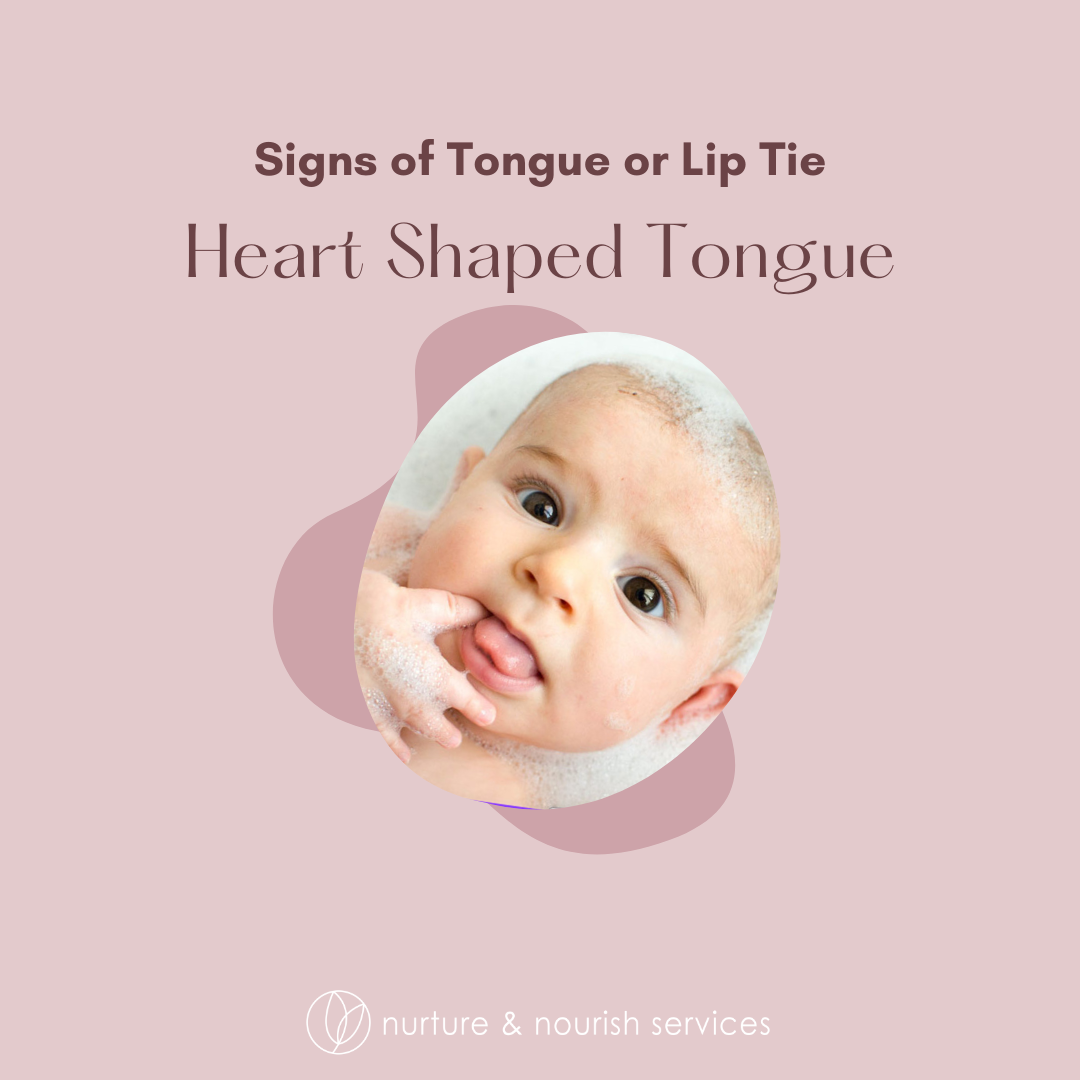

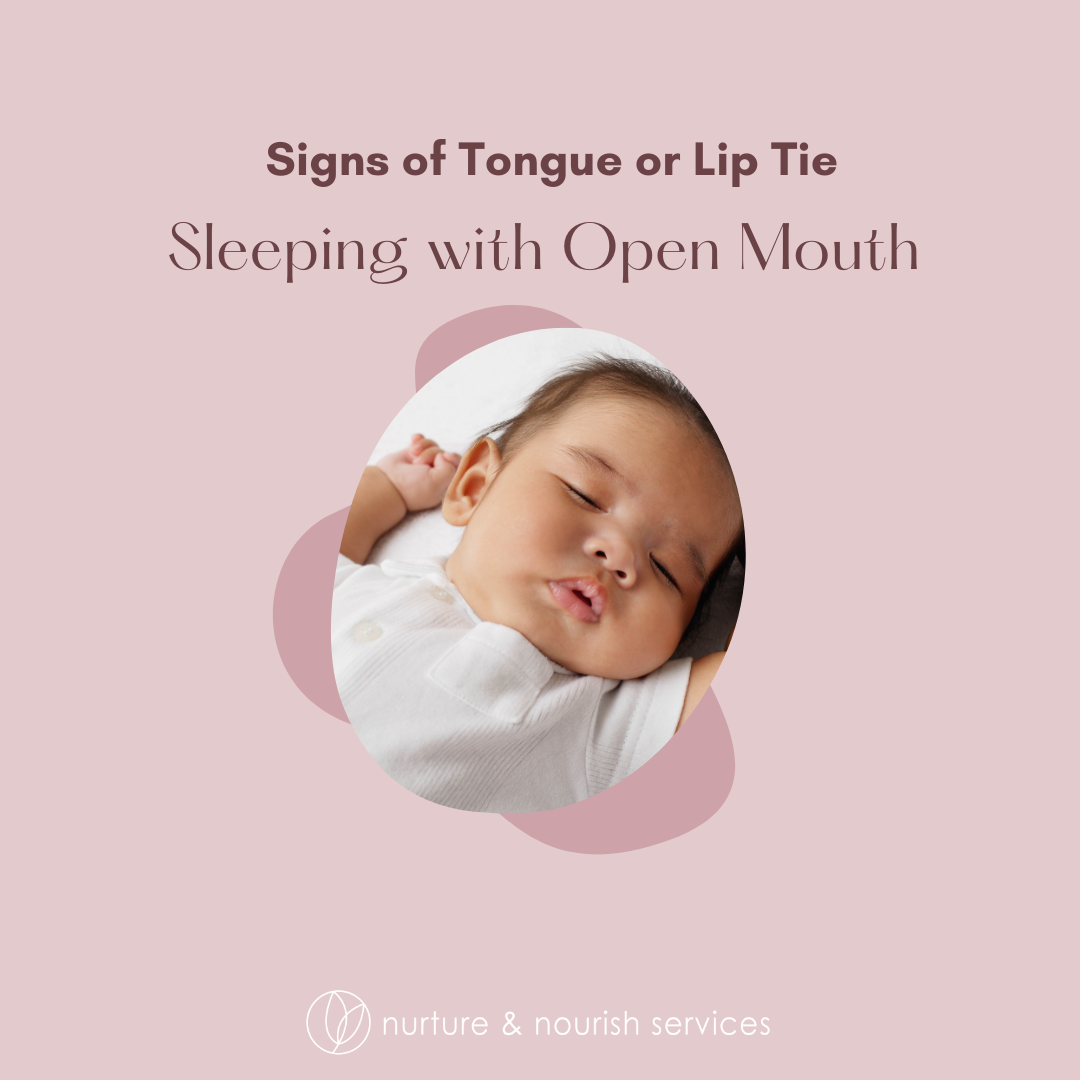
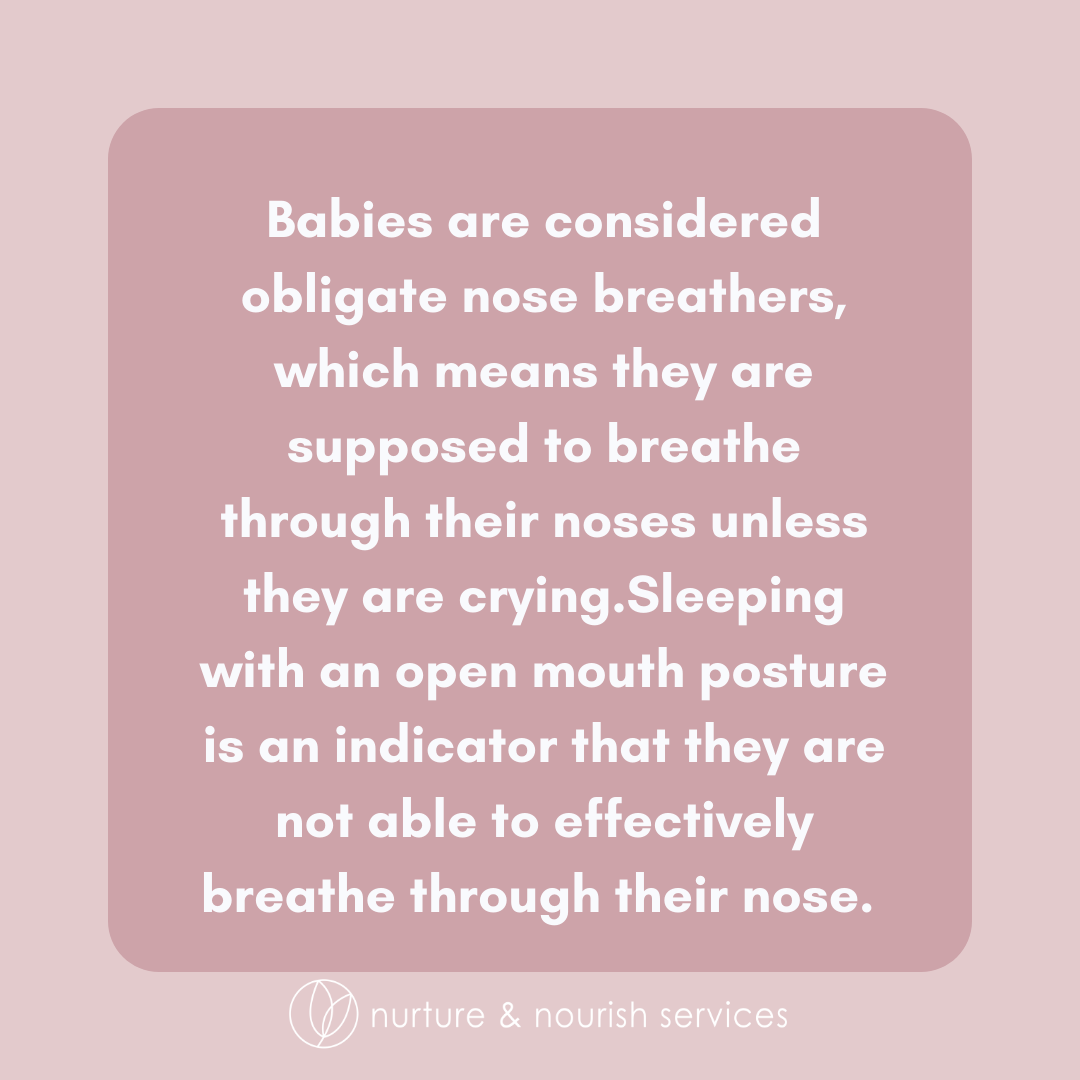


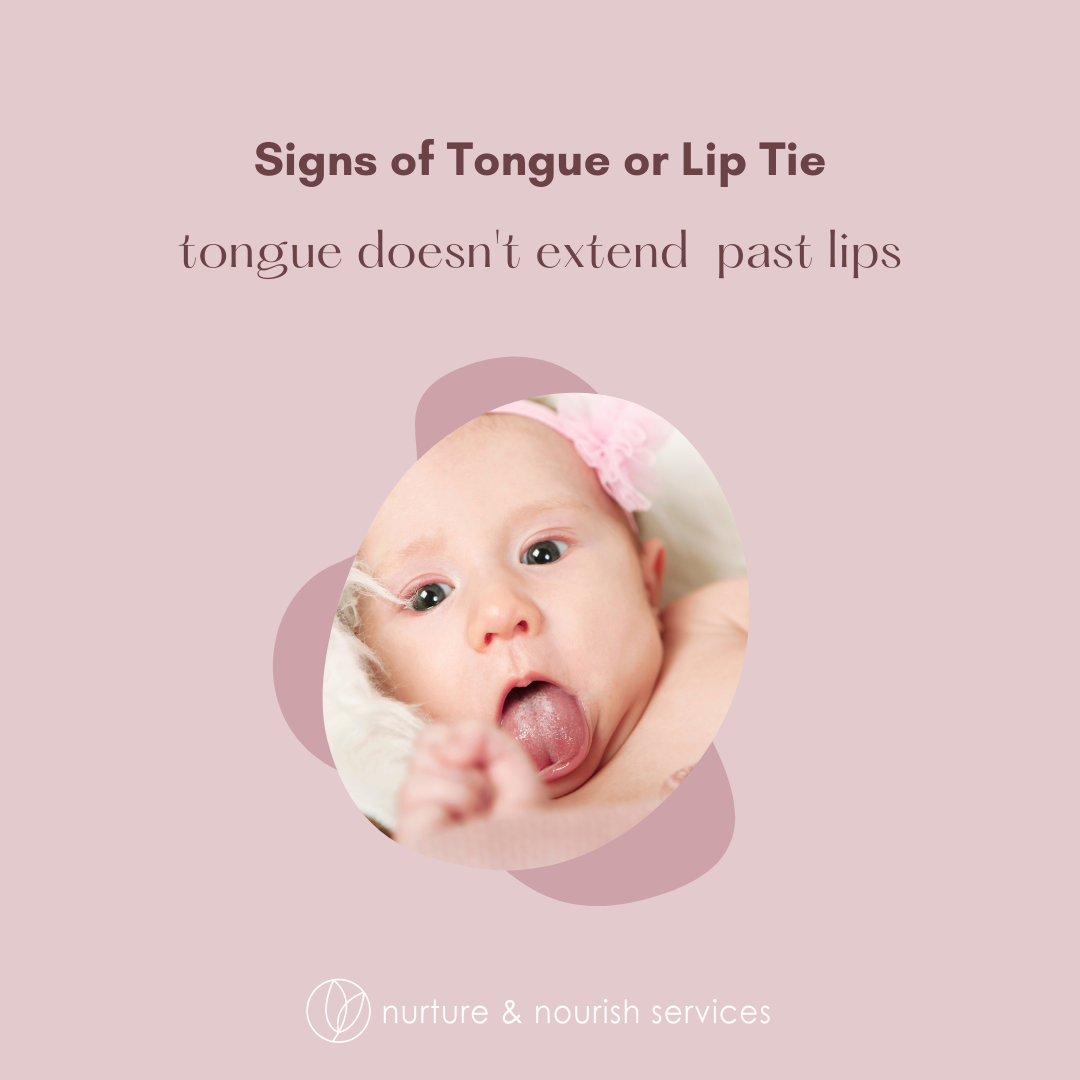

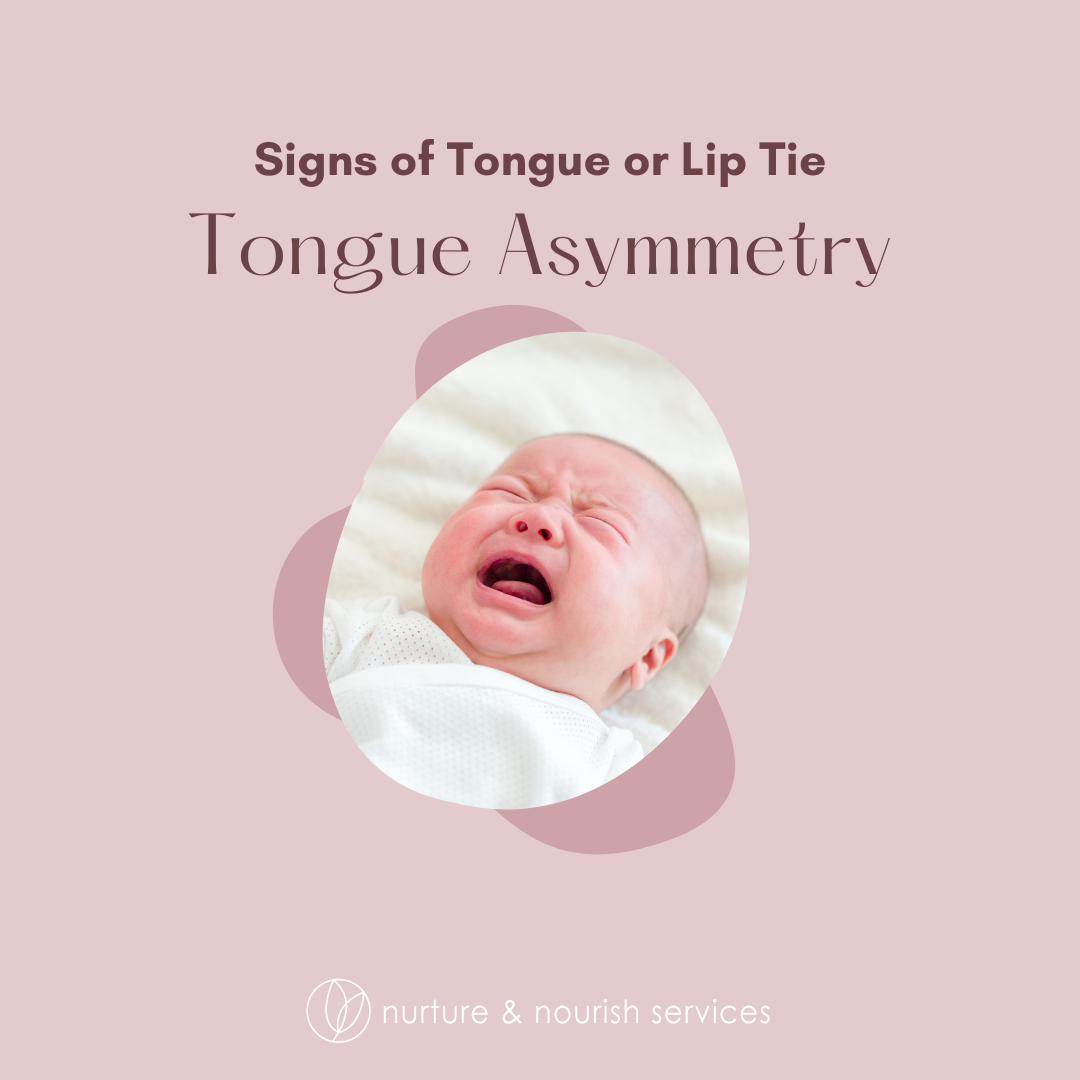

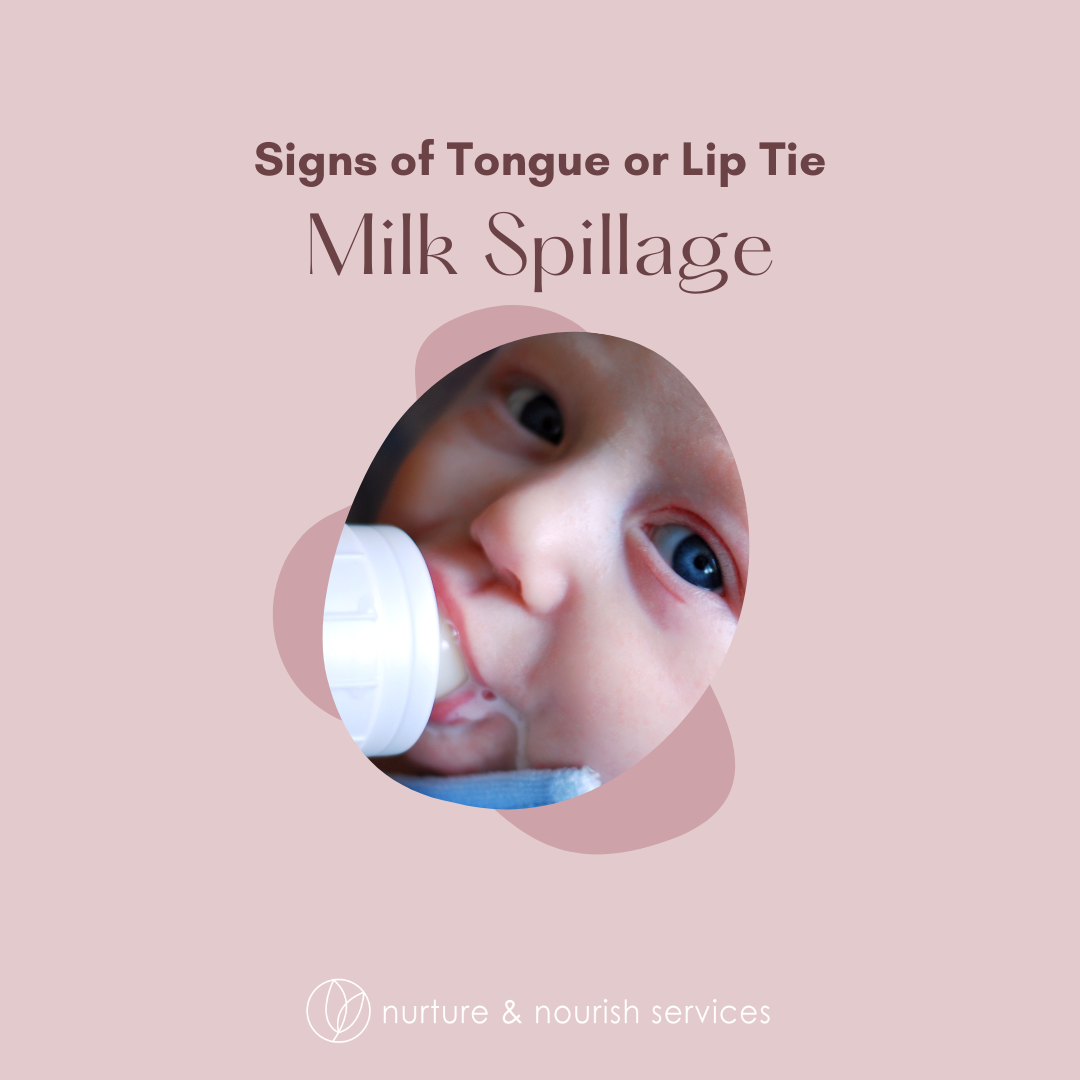
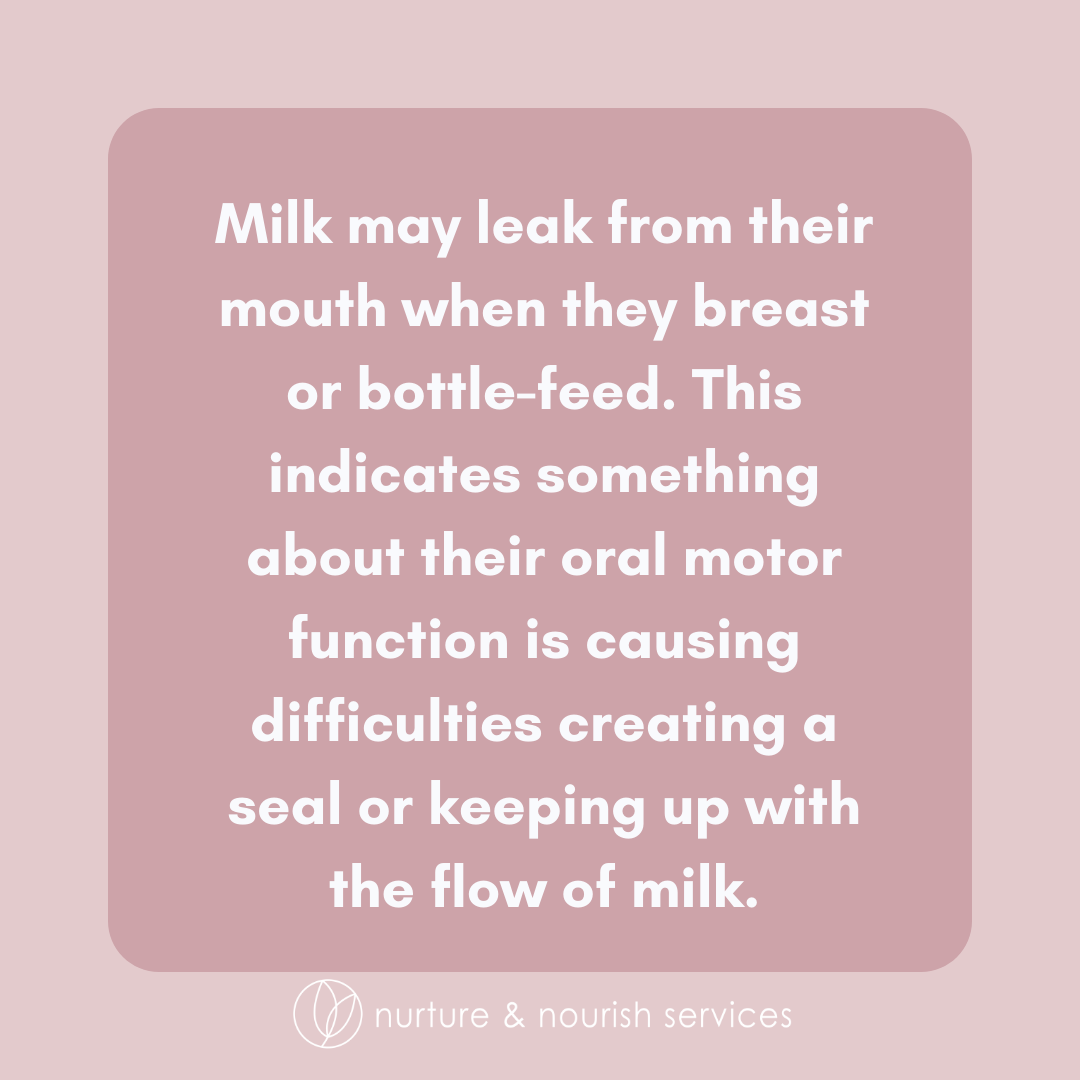
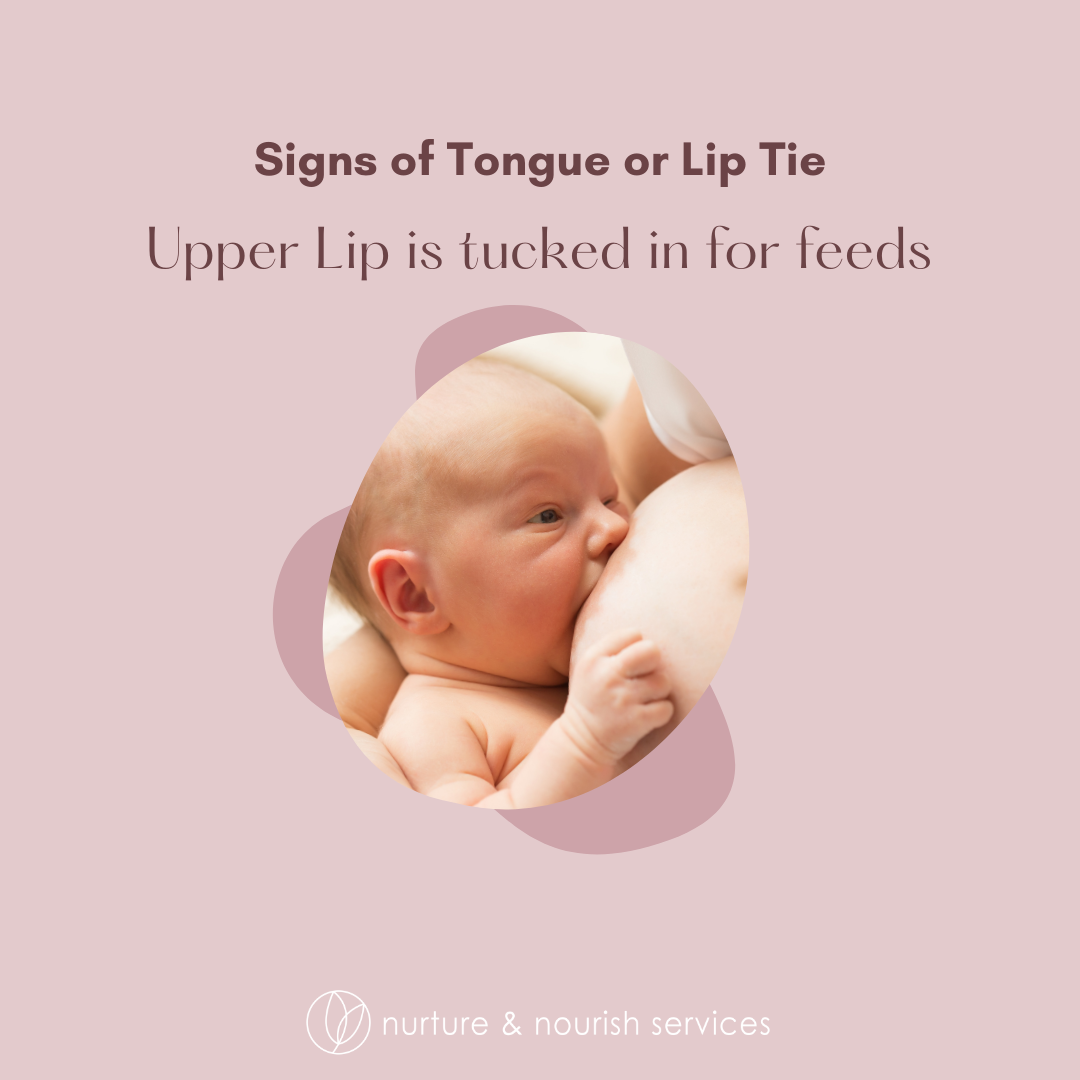
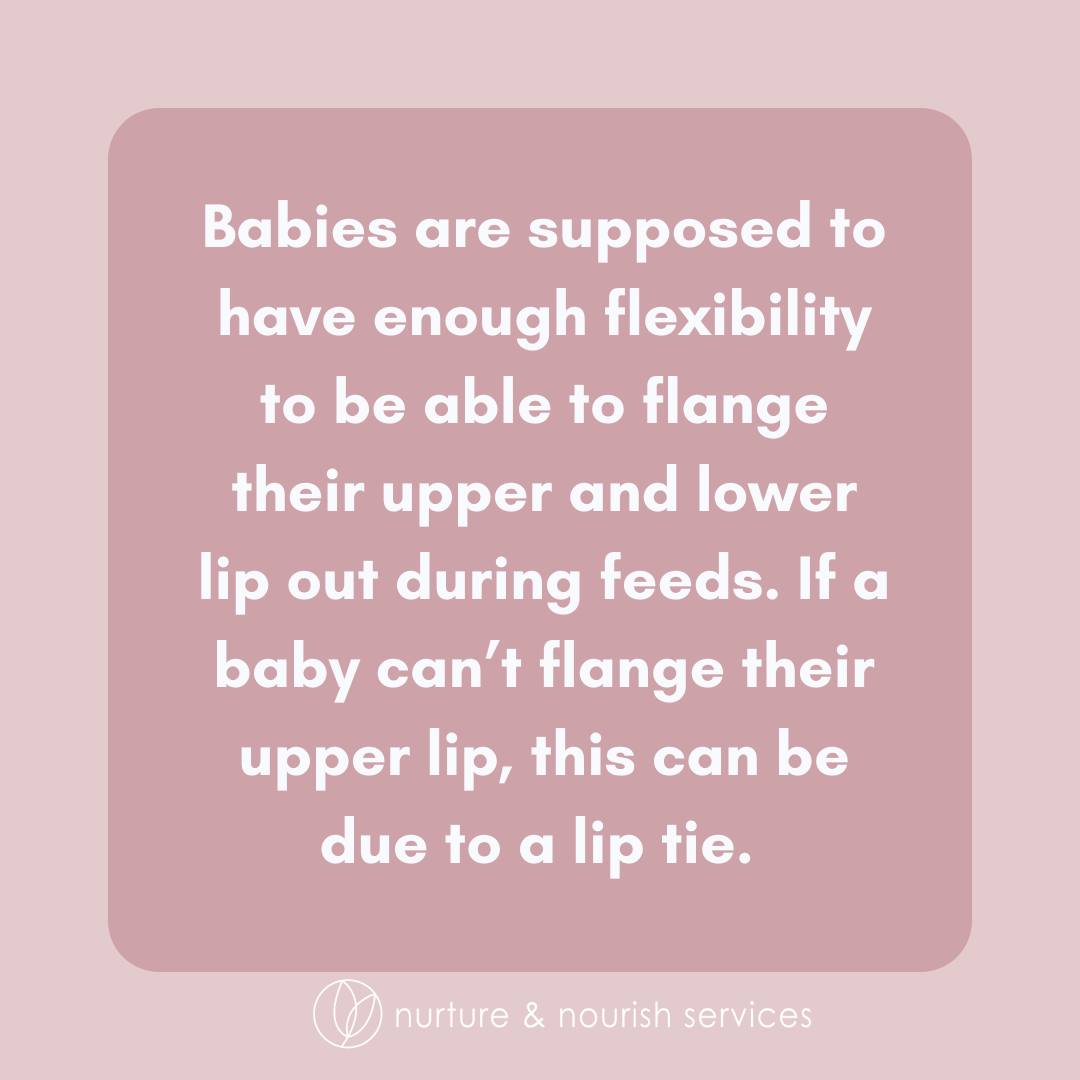
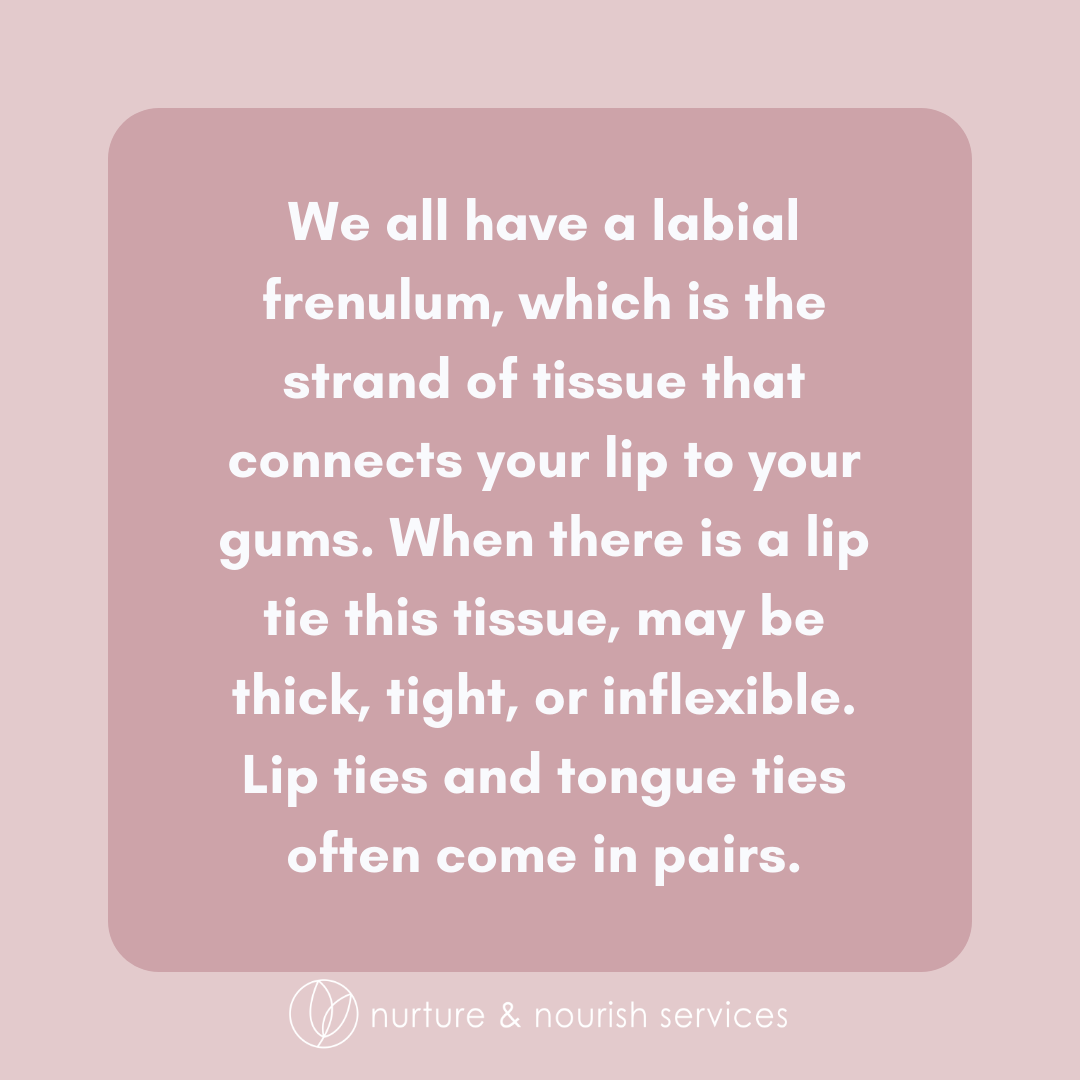
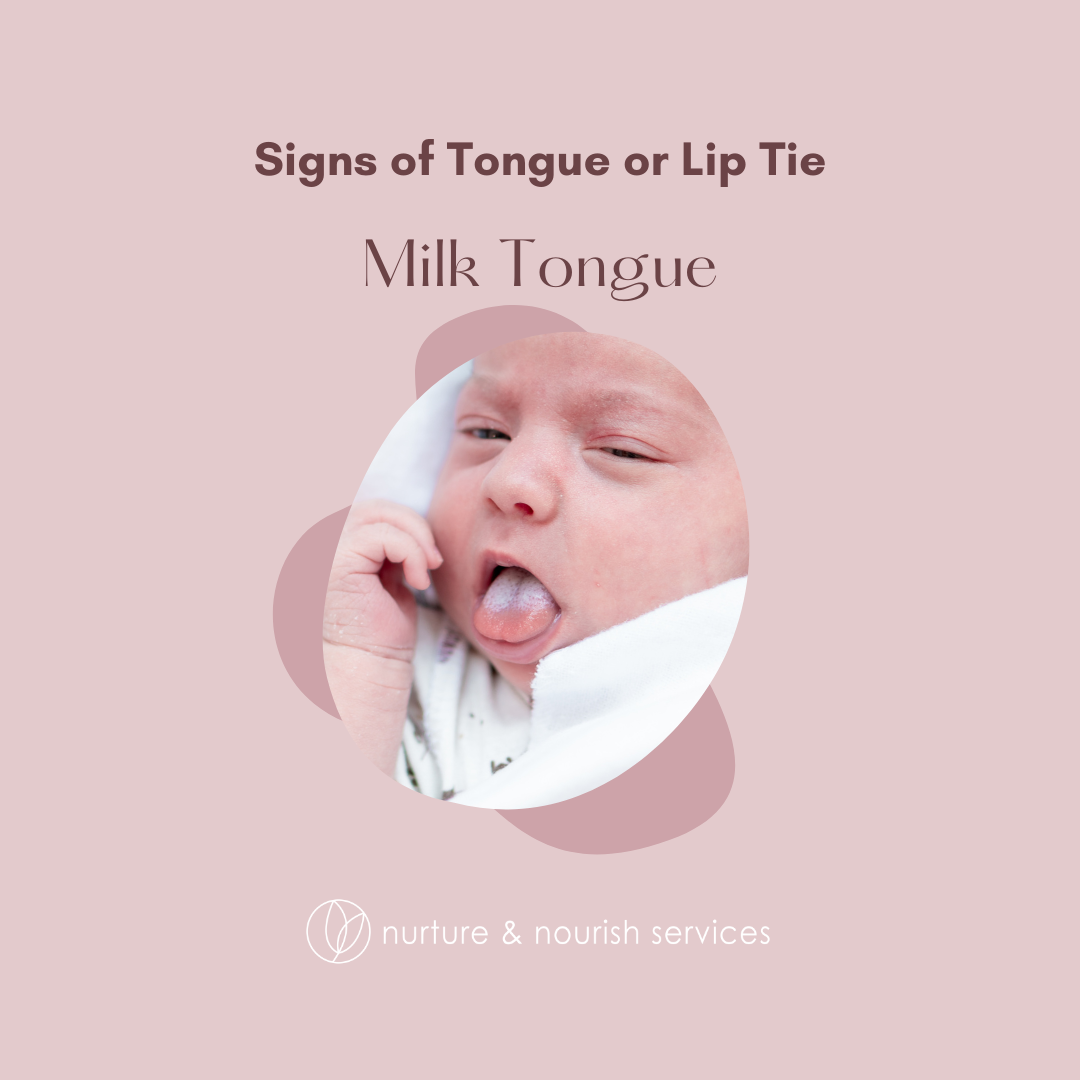
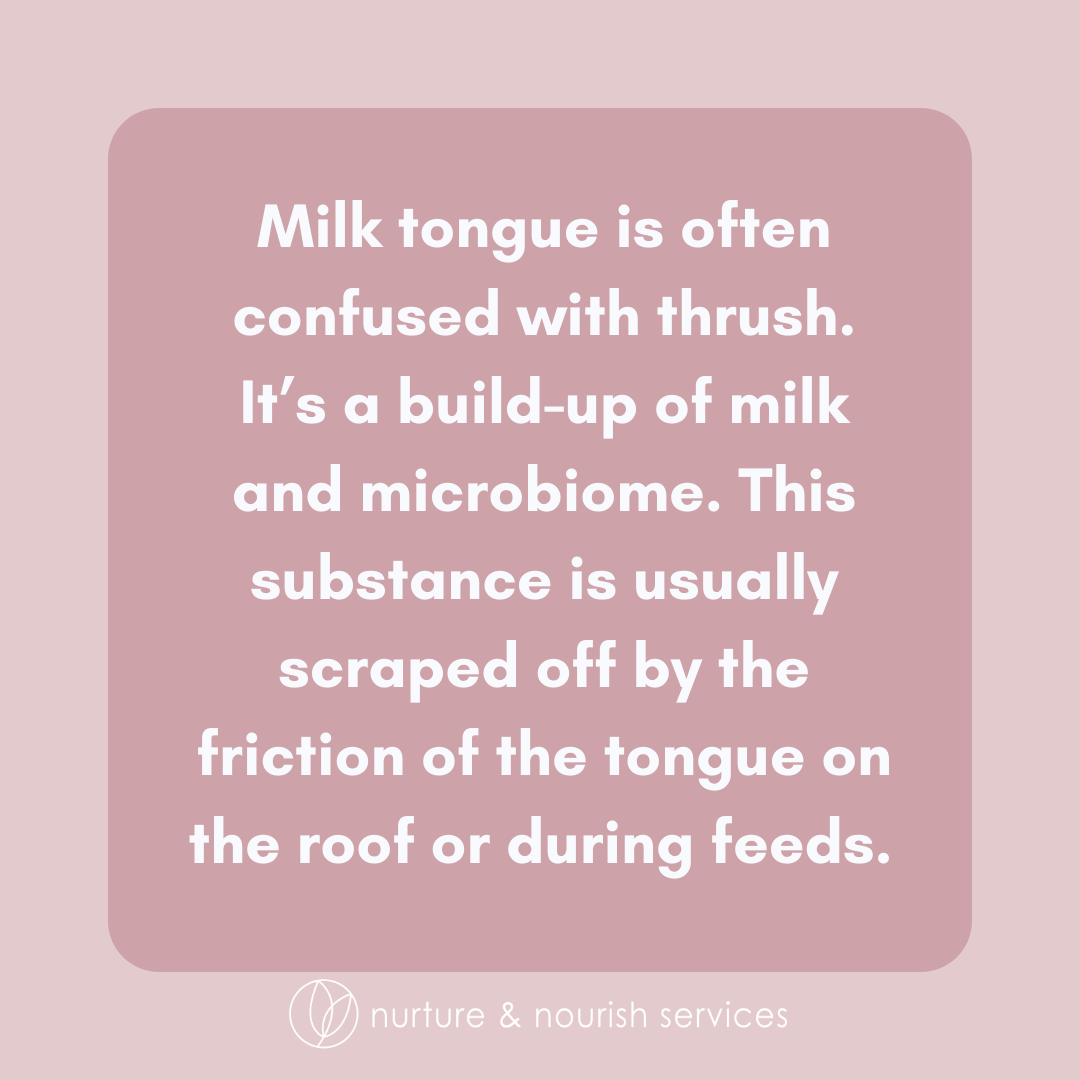
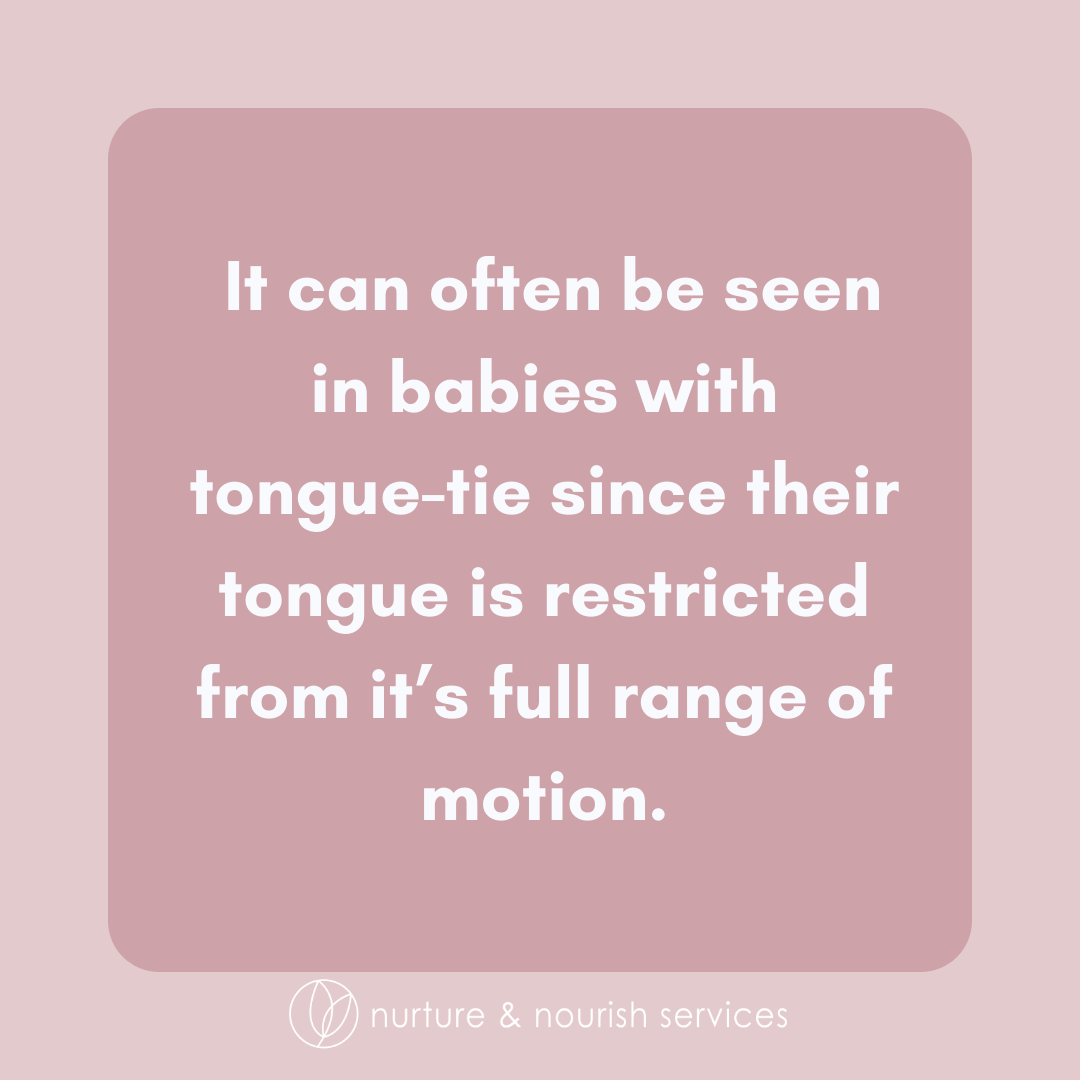

There are often visual signs of compensation or oral motor dysfunction in babies. In this new series of posts, I explain some of the visual signs that may indicate compensation or less effective movement patterns which can affect the quality of feeds. Many of these signs are indicators of a potential tongue or lip tie. If you have concerns that your baby has a tongue tie, the first step is to get a functional assessment done by an occupational therapist, speech therapist, physical therapist or IBCLC that specializes in infant oral function.
High Arched Palate
The tongue helps form the shape of the palate. When a tongue's movement is restricted by a tongue tie, it cannot reach the roof of the mouth. The absence of pressure from the tongue causes the palate to form in a bubble shape. You may notice that your baby sleeps with their mouth open or that its palate seems to dip in the front or the back. It could also be dome-shaped. When this happens the maxilla takes space from the nasal sinus which affects respiration. When space is taken from the nasal sinus this can affect your baby's future ability to breathe properly. Due to the limited space in the sinus, there is an increased risk for future sleep apnea.
A high-arched palate can cause also painful breastfeeds because the nipple now has to stretch further into the mouth to be correctly positioned. Improved positioning and a good latch can minimize painful feeds.
Sleeping with an Open Mouth
Babies are considered obligate nose breathers, which means they are supposed to breathe through their noses unless they are crying. Sleeping with an open mouth posture is an indicator that they are not able to effectively breathe through their nose. This might be due to congestion, but if you notice a pattern it might be a tongue tie.
As I mentioned before, when there is a tie, the tongue does not reach the roof of the mouth, which can affect the shape of the nasal sinus. This makes it challenging to breathe through the nose. It’s important because breathing through your nose warms and humidifies the air and it allows us to sleep well. Breathing issues can lead to poor sleep.
Cobblestone blisters
Cobblestone blisters are also known as lip blisters or sucking blisters. They can develop as compensation because of restrictions in the lip or tongue. Babies who are over using their lips like this are using compensatory movement that is often not as effective for milk transfer. Feeds may take longer or the baby may fatigue quickly.
Heart shaped tongue
When a baby has a tight restricted lingual frenulum, they might have an indentation in their tongue when they stick it out. We call this a heart-shaped tongue. This is usually an indicator of a tie that greatly impacts function.
Tongue Asymmetry
The tongue should be able to move symmetrically. If it’s moving asymmetrically it could be due to cranial nerve dysfunction, nerve compression, or tension in the neck due to torticollis. Craniosacral therapy can be helpful in these cases. Craniosacral therapy can relieve compression in the bones of the head, which allows the nerves to function better. Compression in the bones of the skull can happen due to positioning in utero, the birth process or co-occurring with tongue tie. If you have concerns about your babies ability to feed or a potential tongue tie, first reach out for help from a skilled IBCLC, or infant specializing occupational or speech therapist and consider craniosacral therapy.
Upper lip is tucked in for feeds
Babies are supposed to have enough flexibility to be able to flange their upper and lower lip out during feeds. If a baby can’t flange their upper lip, this can be due to a lip tie. We all have a labial frenulum, which is the strand of tissue that connects your lip to your gums. When there is a lip tie this tissue, may be thick, tight, or inflexible. Lip ties and tongue ties often come in pairs.
Tongue can’t reach the roof of their mouth
When an infant has a tongue tie, their tongue has limited ability to reach the roof of their mouth or can't at all. This usually can be seen when an infant is crying. tongue elevation is critical for sucking skills and for being able to breath through your nose.
Milk-tongue
Milk tongue is often confused with thrush. It’s a build-up of milk and microbiome. This substance is usually scraped off by the friction of the tongue on the roof or during feeds. It can often be seen in babies with tongue-tie since their tongue is restricted from it’s full range of motion.
Milk spillage
Milk may leak from their mouth when they breast or bottle-feed. This indicates something about their oral motor function is causing difficulties creating a seal or keeping up with the flow of milk.
Other signs of tongue tie
Babies with tethered oral tissues have restricted tongue or lip movement. You might notice clicking during feeds or that the latch is painful or has a chompy quality. It may be difficult to get a deep latch. Your baby may pop on and off the breast frequently or fall asleep quickly due to fatigue. Nipples may look like lipstick after feeds or you could have nipple damage. Gassiness and reflux are common because babies take in more air from not being able to sustain their latch. Feeding may take a long time and not just with breastfeeding but also with bottle feeding. A baby with tongue-tie may have a stronger-than-average gag reflex. Your baby might have slow weight gain too. Babies with oral ties often have difficulty sufficiently draining the breast. This can ultimately cause low supply because milk production is a supply and demand type relationship. Getting support to protect your milk supply is important if you suspect your baby has a tongue-tie.
If you suspect your baby has oral motor dysfunction or a tongue tie, reach out to a skilled lactation consultant or therapist that specializes in lactation. It's important to get help early and often, especially if breastfeeding is painful. Mothers who report having painful feeds are at a higher risk of weaning before they would have liked to.
As an occupational therapist and a lactation counselor trained in ties, I can help breastfeeding dyads who are having difficult feeds or have oral-ties. Many babies need a combination of skills to get improvement whether they decide to get a release or not. This might mean help with breast or bottle feeding, oral motor treatment, strengthening, or craniosacral therapy for tension. I offer comprehensive feeding and development services to address a broad range of infant needs. If you need help through this process I'm here for you. If you are local to the Charleston area, I offer free consult calls to discuss your concerns.
copyright © 2022 Nurture and Nourish Services
Learn More From the Blog Archive
- Bodywork for Babies
- Bottle feeding
- Breastfeeding
- Charleston, SC
- Craniosacral therapy
- Infant Feeding
- Lactation
- Lactation Consultant
- Milestones
- Mount Pleasant
- Mt Pleasant SC
- Newborns
- Nurture and Nourish Charleston
- Nurture and Nourish Services
- Occupational Therapy
- Tongue-tie
- Whole Body Therapy
- breastmilk









